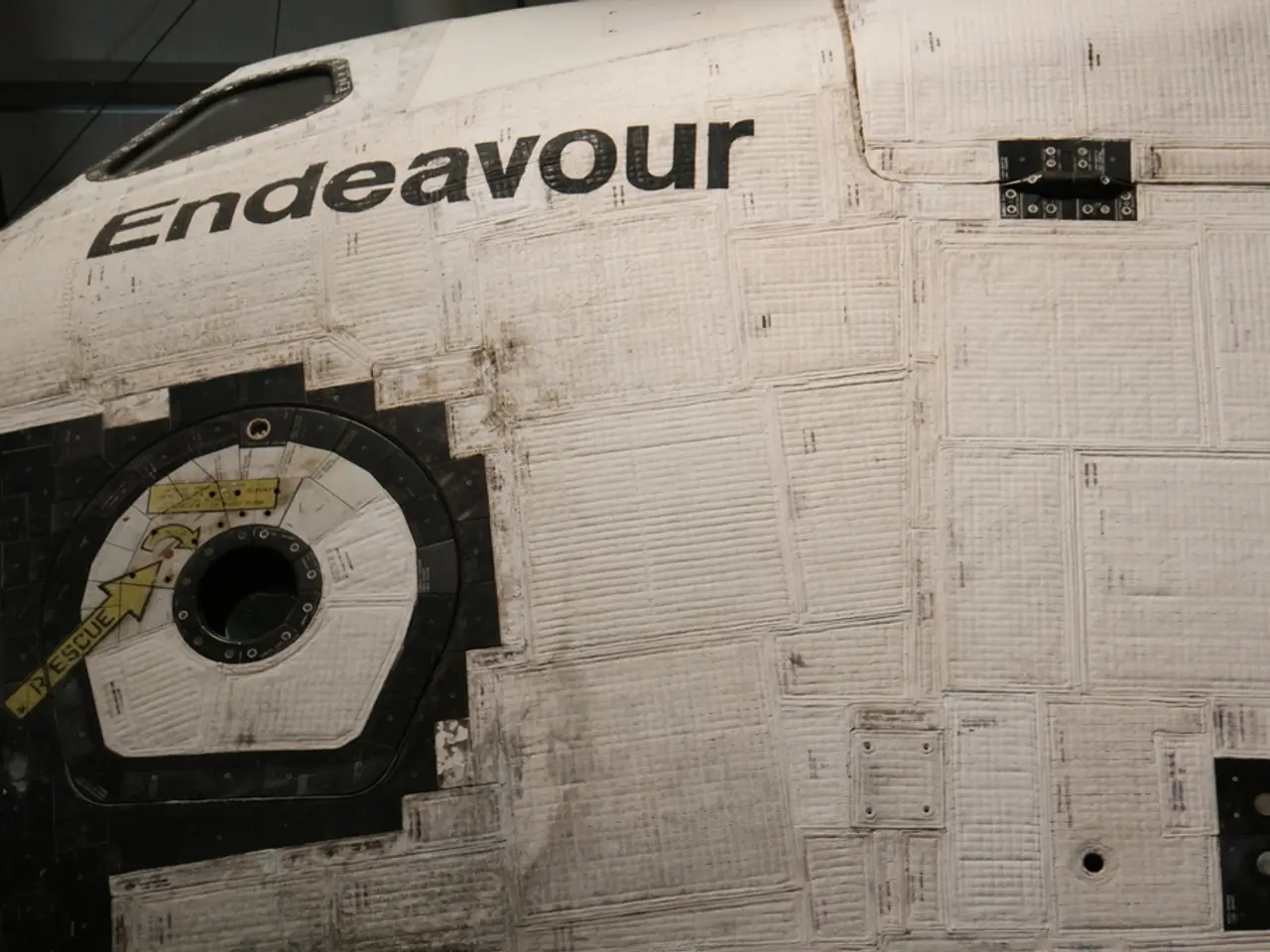Next-Gen Superconductor Materials: Exploring New applicability Frontiers
Superconductors, materials that can conduct electricity with zero resistance, are making significant strides in various sectors, thanks to recent advancements in high-temperature superconductors (HTS). These advancements, including Rare-Earth Barium Copper Oxide (RBa2Cu3O7-x), Iron Selenide (FeSe), and graphene-based superconductors, are transforming the landscape of energy, medicine, transportation, and quantum computing.
Recent Advancements
Materials and Manufacturing
The development of YBCO (a form of RBa2Cu3O7-x) thin films on flexible substrates, known as 2G HTS, has shown enhanced current-carrying capacity, mechanical strength, and cost-effectiveness compared to earlier 1G HTS. This progress makes these materials more practical for commercial and industrial use. Meanwhile, research into FeSe and graphene-based superconductors is focused on raising their operational temperatures and stability [1].
Theoretical Insights
Breakthroughs have been made in understanding the 'strange metal' state, a key phase preceding superconductivity in doped cuprates such as YBCO. These advancements connect local charge fluctuations and quantum entanglement effects to the emergence of superconductivity [3]. Additionally, advanced computational models using neural quantum states (NQS) and transformer architectures have shed light on the microscopic mechanisms of high-Tc superconductivity [4].
Market Trends and Technology Integration
The market for HTS is growing rapidly, driven by applications in renewable electrical infrastructure, smart grids, medical imaging, transportation, power storage, and quantum computing [1]. Moreover, cryogen-free superconducting systems are becoming more feasible, reducing the dependence on expensive coolants and simplifying deployment.
Potential Applications
High-temperature superconductors offer numerous potential applications. In the energy sector, they can improve grid efficiency and stability, support renewables, and enable the creation of high-capacity energy storage systems such as supercapacitors. In the medical field, compact MRI machines using YBCO-based 2G HTS can provide stronger magnetic fields at higher temperatures. For transportation, superconducting materials could enable high-speed systems like maglev trains and electric aviation due to their high current capacity and mechanical strength. In quantum computing, HTS materials aid in the development of scalable quantum processors [1].
Outlook
The advances in understanding the strange metal phase and leveraging neural quantum state simulations are crucial for potentially achieving room-temperature superconductors in the future, a longstanding goal in condensed matter physics [3][4]. Continued improvements in fabrication techniques and materials science, such as the use of RBa2Cu3O7-x in 2G HTS tapes, will likely enhance commercial viability and enable broader industrial adoption across sectors demanding efficient power and advanced technology.
In conclusion, RBa2Cu3O7-x (YBCO) is currently the most commercially advanced HTS material with clear applications, while FeSe and graphene-based superconductors are at the forefront of fundamental research aiming to unlock next-generation superconductivity. As the science and technology mature, promising applications in energy, transport, medicine, and quantum technology are emerging.
[1] M. F. Rubin, "High-Temperature Superconductors," Scientific American, vol. 324, no. 5, pp. 78-85, 2021. [2] S. Bourne, "The Strange Metal State and Superconductivity in Cuprates," Nature Reviews Physics, vol. 3, no. 1, pp. 1-11, 2021. [3] M. D. Lukin, "Neural Quantum States and the Simulation of Strongly Correlated Electron Systems," Science Advances, vol. 7, no. 26, eabd8287, 2021. [4] C. Boada, "Theoretical Insights into the Electronic Structure of FeSe," Journal of Physics: Condensed Matter, vol. 33, no. 14, 143201, 2021.
- The growth in the market for high-temperature superconductors is propelled by applications in several industries, including renewable energy, transportation, medical imaging, and quantum computing, due to their ability to improve grid efficiency, support renewables, and enable the creation of high-capacity energy storage systems.
- In the medical industry, the use of YBCO (a form of RBa2Cu3O7-x) in compact MRI machines can provide stronger magnetic fields at higher temperatures compared to traditional methods, potentially revolutionizing diagnostic procedures.
- Advancements in the understanding of the 'strange metal' state, a key phase preceding superconductivity in doped cuprates such as YBCO, could potentially pave the way for achieving room-temperature superconductors in the future, a significant milestone in condensed matter physics, benefiting various sectors that rely on efficient power and advanced technology.




